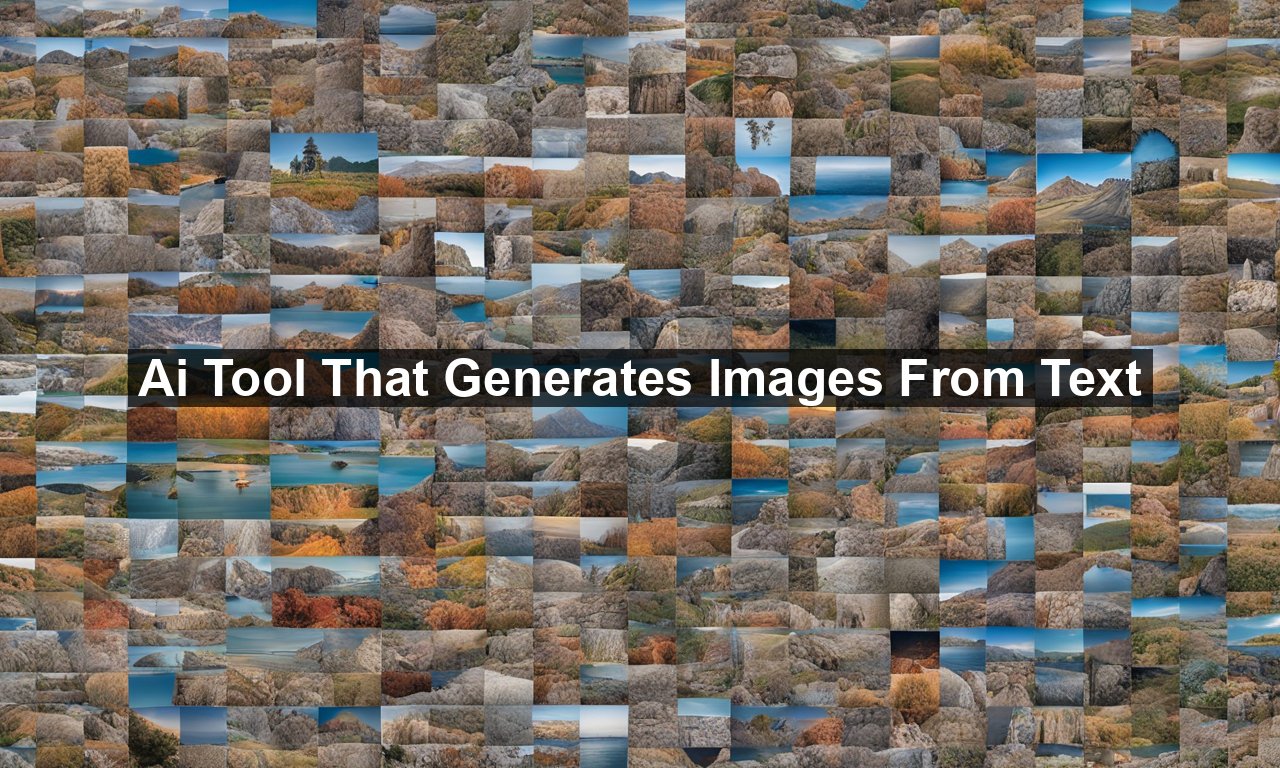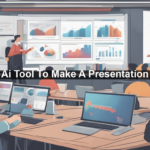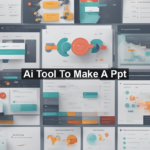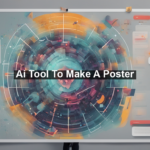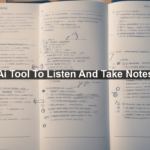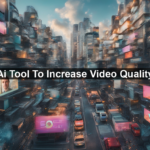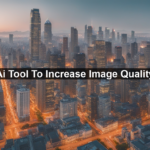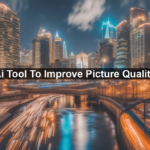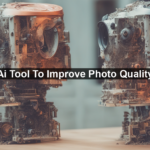Isn’t it fascinating how technology keeps evolving? We’ve reached an era where artificial intelligence (AI) tools can generate images from text descriptions. Imagine writing a sentence like “a cat wearing sunglasses” and, moments later, receiving an image depicting just that! This revolutionary AI capability is opening doors to creative possibilities that were once beyond our imagination. Today, we’ll dive into how text-to-image AI tools work, their significance, and what they mean for the future of creativity and innovation. Plus, we’ll provide answers to some of the most common questions about these intriguing tools.
What is an AI Tool for Generating Images from Text?
So, what’s the buzz all about? AI tools for generating images from text, also known as text-to-image generation tools, use advanced algorithms to create images based on written descriptions. This technology leverages neural networks, specifically Generative Adversarial Networks (GANs) and Vision-Language models, to interpret textual input and convert it into visually coherent images.
How Does It Work?
Curious about the inner workings? Here’s a simplified breakdown:
1. **Text Analysis**: The AI starts by breaking down the input text to understand the context and details.
2. **Semantic Mapping**: It maps the text semantics to generate a structured representation, which helps in visualizing the desired image.
3. **Image Generation**: Using trained models, typically GANs, the AI then synthesizes an image that matches the text description.
Applications of Text-to-Image AI Tools
You’re probably wondering, “What can I use this for?” The applications are vast and varied. Here are some noteworthy examples:
Feel free to click on this article for an in-depth look at how AI-generated images are impacting digital art.
Benefits of Using AI Text-to-Image Tools
Why should you care about these tools? The benefits are significant:
AI tools push the boundaries of creativity. By quickly generating visual interpretations of textual ideas, they provide a new avenue for experimental and exploratory artistic endeavors.
Creating detailed visuals manually can be time-consuming and costly. AI tools streamline this process, delivering high-quality images rapidly, thereby saving both time and resources.
Maintaining visual consistency across different media can be challenging. Text-to-image AI ensures that the generated visuals align precisely with the described context, maintaining thematic continuity.
For individuals with limited artistic skills, these AI tools democratize image creation, making it accessible to a wider audience. For example, organizations like OpenAI offer user-friendly platforms to experiment with such technologies.
Challenges and Limitations
As intriguing as this technology is, it’s not without its caveats:
The quality of images can vary, and sometimes the AI’s interpretation of text may not align perfectly with human expectations. Ongoing improvements and extensive training datasets are continually enhancing accuracy.
AI models can sometimes perpetuate biases present in their training data. This raises ethical concerns about fair representation, which developers are actively working to address. Learn more about AI ethics here.
The AI’s output is only as good as the input it’s given. Vague or poorly constructed descriptions may result in unsatisfactory images, emphasizing the need for clear and detailed text input.
Looking Ahead: The Future of AI-Generated Images
So, what does the future hold for this exciting technology?
AI is continuously evolving. Future models promise even greater accuracy and versatility, with improved ability to understand and interpret complex and nuanced descriptions.
Expect more seamless integration with other creative software, making it an indispensable part of digital design suites and content creation pipelines.
AI tools will offer more personalized and customizable options, allowing users to tweak and refine the generated images to better suit their needs.
As these tools become more widespread, we can anticipate wider accessibility and broader applications across various industries, from e-commerce to education.
Conclusion
The advent of AI tools that generate images from text marks a thrilling chapter in the field of artificial intelligence. By transforming textual ideas into vivid visuals, these tools are reshaping how we create and interact with content. While there are challenges to overcome, the potential benefits far outweigh the drawbacks, promising a future filled with creative innovation and boundless possibilities.
For more insights into how AI is revolutionizing creativity and technology, you can explore this comprehensive analysis.
